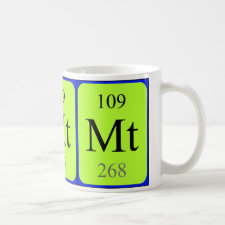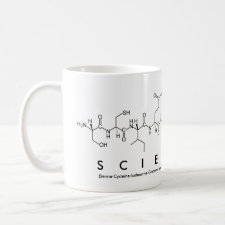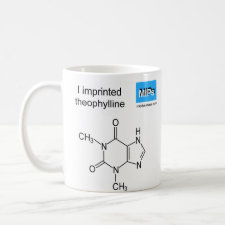
Authors: Lavine BK, Westover DJ, Kaval N, Mirjankar N, Oxenford L, Mwangi GK
Article Title: Swellable molecularly imprinted polyN-(N-propyl)acrylamide particles for detection of emerging organic contaminants using surface plasmon resonance spectroscopy.
Publication date: 2007
Journal: Talanta
Volume: 72
Issue: (3)
Page numbers: 1042-1048.
DOI: 10.1016/j.talanta.2006.12.046
Alternative URL: http://www.sciencedirect.com/science/article/B6THP-4MSPV20-2/2/99338879d2b601e9c7b0c4c11fe37cde
Abstract: Lightly crosslinked theophylline imprinted polyN-(N-propyl)acrylamide particles (ca. 300 nm in diameter) that are designed to swell and shrink as a function of analyte concentration in aqueous media were spin coated onto a gold surface. The nanospheres responded selectively to the targeted analyte due to molecular imprinting. Chemical sensing was based on changes in the refractive index of the imprinted particles that accompanied swelling due to binding of the targeted analyte, which was detected using surface plasmon resonance (SPR) spectroscopy. Because swelling leads to an increase in the percentage of water in the polymer, the refractive index of the polymer nanospheres decreased as the particles swelled. In the presence of aqueous theophylline at concentrations as low as 10-6 M, particle swelling is both pronounced and readily detectable. The full scale response of the imprinted particles to template occurs in less than 10 min. Swelling is also reversible and independent of the ionic strength of the solution in contact with the polymer. Replicate precision is less than 10-4 RI units. By comparison, there is no response to caffeine which is similar in structure to theophylline at concentrations as high as 1 x 10-2 M. Changes in the refractive index of the imprinted polymer particles, as low as 10-4 RI units could be readily detected. A unique aspect of the prepared particles is the use of light crosslinking rather than heavy crosslinking. This is a significant development as it indicates that heavy crosslinking is not entirely necessary for selectivity in molecular imprinting with polyacrylamides
Template and target information: theophylline
Author keywords: surface plasmon resonance, Molecularly imprinted polymers, Lightly crosslinked polymers, Emerging organic contaminants, environmental analysis, water analysis, Polymer swelling



Join the Society for Molecular Imprinting

New items RSS feed
Sign-up for e-mail updates:
Choose between receiving an occasional newsletter or more frequent e-mail alerts.
Click here to go to the sign-up page.
Is your name elemental or peptidic? Enter your name and find out by clicking either of the buttons below!
Other products you may like:
 MIPdatabase
MIPdatabase









